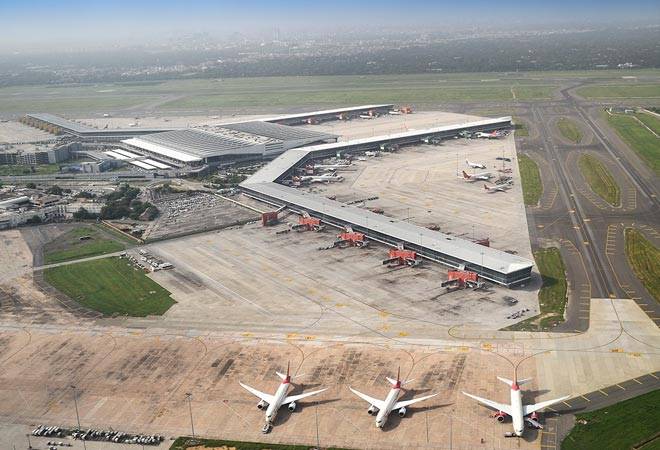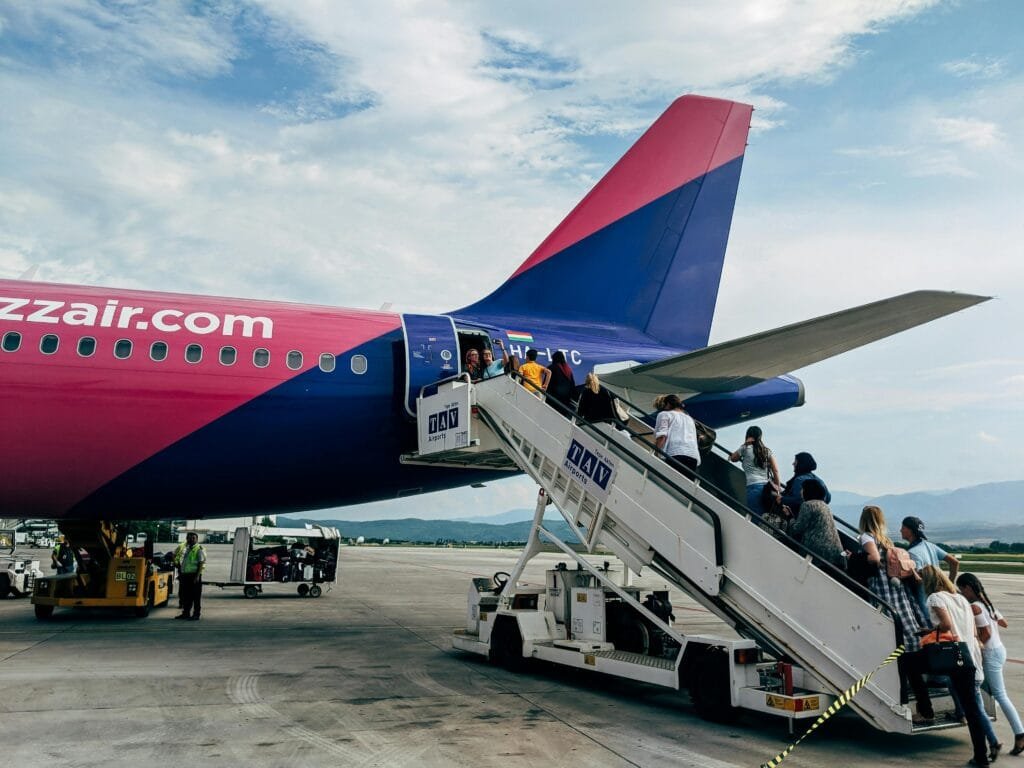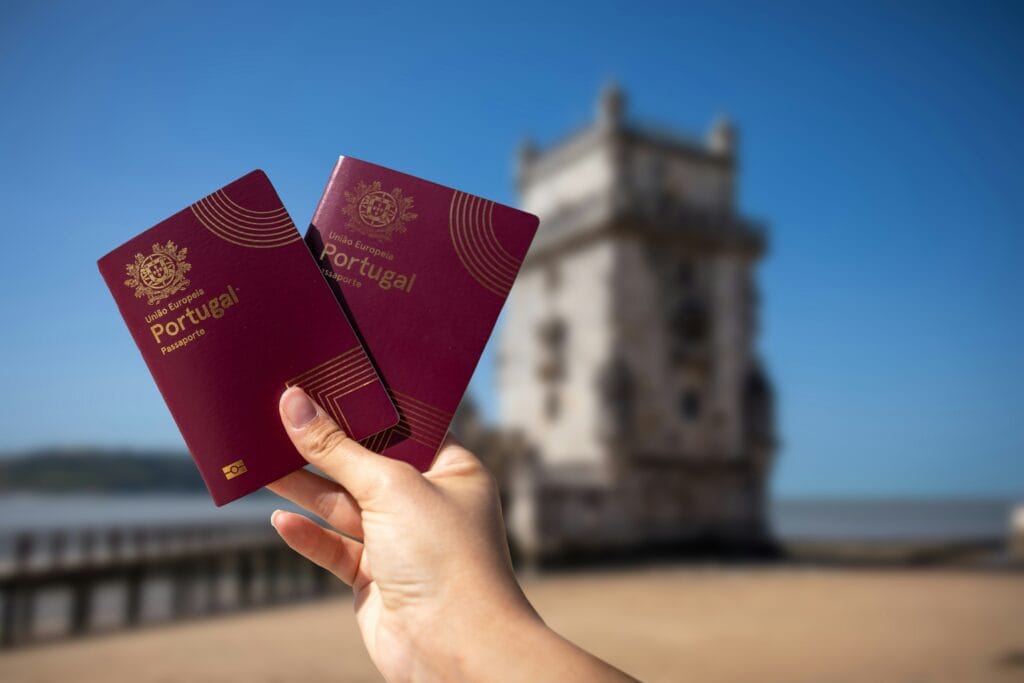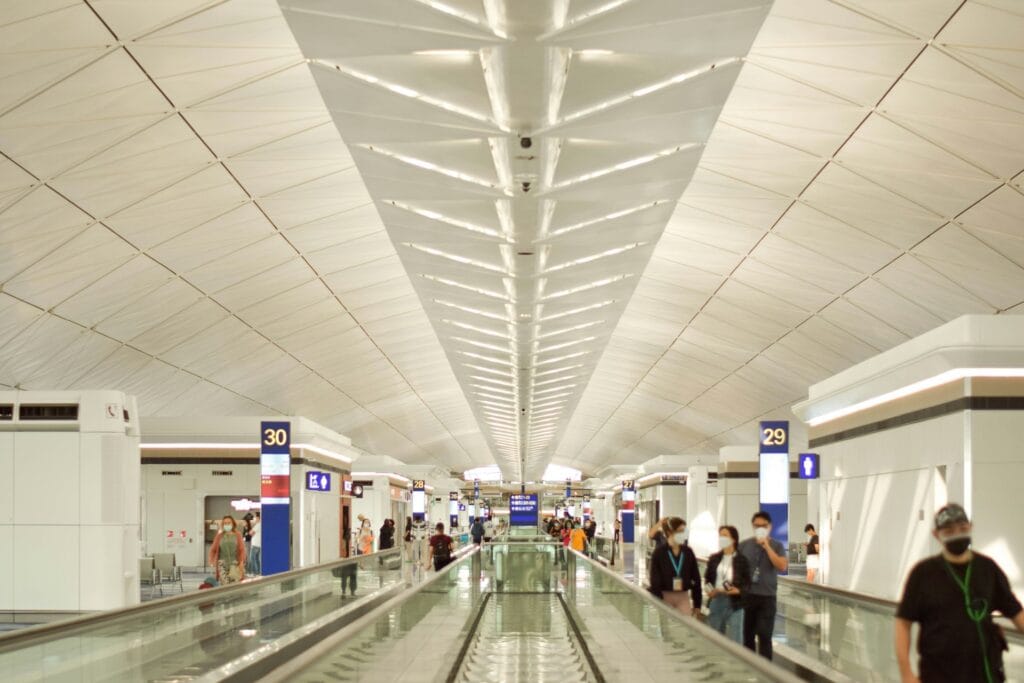Picture this: You’re dreaming of that perfect getaway to Europe, scrolling through flight prices that make your heart sink. One website shows ₹85,000 for a Delhi-London round trip, another displays ₹92,000, and you’re wondering if you’ll ever afford that dream vacation.
But here’s what airlines don’t want you to know – with the right flight booking tips, that same ticket could cost you just ₹65,000 or even less. The difference between a budget-savvy traveler and someone who pays full price often comes down to knowing exactly when, where, and how to book.
After helping thousands of travelers save lakhs of rupees on their international flight bookings, I’ve discovered that cheap flights aren’t about luck – they’re about strategy. The travelers who consistently find amazing flight deals aren’t just fortunate; they’ve mastered specific techniques that airlines prefer to keep quiet.
Whether you’re planning a family vacation, a romantic getaway, or a business trip, these proven flight booking tips will transform how you approach air travel forever. No more accepting high prices as inevitable, no more wondering if you could have found a better deal.

Why Most People Overpay for Flights
Before we dive into the money-saving strategies, let’s understand why flight prices seem so unpredictable. Airlines use incredibly sophisticated systems that adjust prices hundreds of times per day based on countless factors. They track your browsing behavior, analyze booking patterns, and even consider weather forecasts when setting prices.
The truth is, airlines have turned pricing into both an art and a science. They know that most travelers book impulsively, don’t compare thoroughly, and often have rigid travel dates. This knowledge allows them to maintain higher prices because they understand customer behavior patterns.
But once you understand how this system works, you can turn it to your advantage. The same technology that airlines use to maximize profits can become your tool for finding incredible cheap flights.
7 Game-Changing Flight Booking Tips That Actually Work
1. Master the Tuesday 3 PM Rule
This might sound oddly specific, but there’s real science behind it. Airlines typically release their weekly fare adjustments on Tuesday mornings, and these changes propagate through the system by mid-afternoon. This creates a sweet spot where you’ll find the freshest deals with the most accurate pricing.
But here’s the deeper strategy that most travelers miss: Airlines often adjust prices based on booking volume from the previous weekend. If fewer people booked flights over the weekend, Tuesday afternoon becomes prime time for price drops as airlines try to stimulate demand.
The expanded Tuesday strategy: Start your search on Tuesday around 3 PM, but don’t book immediately. Instead, note down the prices you find. Then check again on Wednesday morning. If prices have dropped further, you’ve hit a trend. If they’ve increased, Tuesday’s price was likely your best bet.
I once helped a family from Mumbai find flights to Dubai that dropped from ₹42,000 to ₹28,000 just by following this pattern. They saved enough money to upgrade their hotel and extend their trip by two days.
Why this works differently for Indian travelers: Indian travel patterns often differ from Western markets. Many Indian families plan trips around school holidays and festival seasons, creating unique demand patterns. Airlines adjust their pricing algorithms accordingly, making Tuesday afternoons even more crucial for routes originating from Indian cities.

2. The 6-Week Golden Window Strategy
Most travel advice tells you to book months in advance, but recent data reveals a more nuanced approach. For international flights from India, there’s a “golden window” that occurs approximately 6-8 weeks before departure, where prices often hit their lowest point before steadily climbing.
This happens because airlines initially price flights high to capture business travelers and urgent bookings. As the departure date approaches, they reassess demand and often lower prices to fill remaining seats. However, wait too long, and you’ll hit the “urgency premium” where prices skyrocket in the final two weeks.
The sophisticated timing approach: Instead of booking exactly 6 weeks out, start monitoring prices 10 weeks before your trip. Set up tracking for your desired route and watch for the pattern. Most routes will show a gradual price decrease starting around week 8, hitting bottom around week 6, then beginning to climb again around week 4.
A couple from Bangalore used this strategy for their honeymoon trip to Switzerland. By tracking prices for 10 weeks and booking during the golden window, they saved ₹75,000 compared to booking 3 months in advance. They used the savings for a luxury train journey through the Swiss Alps.
Regional variations to consider: Popular destinations from India (like Dubai, Singapore, or London) have different golden windows due to high demand from Indian travelers. Dubai flights often have their best prices 4-5 weeks out, while European destinations stick closer to the 6-8 week rule.

3. The Multi-City Hack That Airlines Don’t Advertise
Here’s a secret that could save you thousands: Sometimes booking two separate one-way tickets or creating a multi-city itinerary costs significantly less than a traditional round-trip ticket. Airlines price these differently because they’re trying to optimize seat inventory across multiple flights and routes.
The advanced multi-city strategy: Instead of booking Delhi-London-Delhi, try booking Delhi-London as one ticket and London-Delhi as another. Or better yet, create a multi-city booking: Delhi-London-Paris-Delhi. Sometimes adding an extra city actually reduces the total cost due to how airline pricing algorithms work.
But there’s an even more sophisticated version of this strategy. Consider “hidden stopovers” in hub cities. For example, if you want to visit London, booking Delhi-Dubai-London with a long layover in Dubai might be cheaper than a direct Delhi-London flight, and you get to explore Dubai as a bonus.
Real-world success story: A business traveler from Chennai wanted to visit both Amsterdam and Barcelona. Instead of booking Chennai-Amsterdam-Barcelona-Chennai, he booked Chennai-Dubai-Amsterdam, then Amsterdam-Barcelona, and finally Barcelona-Dubai-Chennai. The total cost was ₹35,000 less than conventional booking, plus he got to spend a day exploring Dubai during his layover.
The technical reason this works: Airlines have different pricing strategies for point-to-point routes versus hub-and-spoke connections. They often price hub connections lower to encourage traffic through their major airports, subsidizing these routes with profits from direct flights.

4. The Incognito Browsing Advantage
Airlines and booking websites track your search behavior more extensively than most people realize. They use cookies, browser fingerprinting, and even IP address tracking to build a profile of your travel interests. Once they identify you as interested in a specific route, prices can mysteriously increase each time you search.
The comprehensive privacy strategy: Always use incognito or private browsing mode, but that’s just the beginning. Clear your cookies between searches, use different browsers for research versus booking, and consider using a VPN to search from different locations. Some travelers even report better prices when searching from different devices.
But here’s the advanced technique: Create a “clean” browsing environment specifically for flight searches. Use a browser you don’t normally use, with all tracking disabled, and clear everything between searches. Treat each search as if it’s your first time ever looking for flights.
The psychology behind dynamic pricing: Airlines use behavioral economics to optimize their revenue. If their system detects that you’re repeatedly searching for the same route, it assumes you’re committed to traveling and less price-sensitive. This can trigger algorithmic price increases designed to maximize revenue from your perceived demand.
I’ve personally seen prices drop by ₹8,000 on a Delhi-New York route simply by switching from regular browsing to a completely clean, private session. The airline’s system treated it as a new customer inquiry rather than a repeat search.

5. The Flexible Airport Strategy
Most travelers search for flights using major airports, but expanding your search to include nearby airports can unlock significant savings. This strategy requires thinking beyond convenience to consider total travel cost and experience.
The comprehensive airport optimization approach: Instead of just searching “Delhi to London,” search Delhi to all London area airports (Heathrow, Gatwick, Stansted, Luton, and even consider Birmingham or Manchester). Similarly, consider departing from nearby cities like Gurgaon’s proposed airport or even Chandigarh if the savings justify the additional travel.
But there’s a deeper level to this strategy. Research the ground transportation costs and time from alternative airports. Sometimes a flight that’s ₹15,000 cheaper to a secondary airport becomes less attractive when you factor in the ₹5,000 taxi ride and extra 2 hours of travel time.
International examples that work: For European trips, flying into Brussels instead of Paris, or Manchester instead of London, can save substantial amounts. The train connections in Europe are excellent, so you might actually enjoy the ground journey more than being stuck in airport queues.
A family from Pune saved ₹45,000 on their European vacation by flying into Frankfurt instead of Paris, then taking a scenic train journey through Germany and France. They said the train ride became one of the highlights of their trip.
The hub versus point-to-point calculation: Major hubs like Dubai, Doha, and Istanbul often have better deals for long-haul flights because these airlines are trying to build traffic through their hubs. Sometimes a Delhi-Dubai-London routing costs less than Delhi-London direct, even though it’s a longer journey.

6. The Credit Card Points Multiplication System
Most travelers view credit card points as a nice bonus, but with strategic planning, points can become your primary tool for cheap flights. The key is understanding how to maximize point earning and optimize redemptions.
The accelerated points earning strategy: Choose one credit card system and concentrate all your spending there. Pay all bills, groceries, fuel, and even rent (where possible) using your travel credit card. Many cards offer bonus points for specific categories, so time your large purchases accordingly.
But here’s where it gets sophisticated: Transfer points between programs to maximize value. Many bank points transfer to multiple airline programs, and the redemption value can vary dramatically between programs for the same route.
Real-world points optimization: A software engineer from Hyderabad earned enough points for business class flights to the US by strategically using his credit card for all business expenses and family spending. He transferred bank points to an airline partner during a bonus transfer period, effectively doubling his redemption value.
The key insight: Points are most valuable for long-haul international flights in premium cabins. A business class flight to Europe that costs ₹3,50,000 in cash might only require 75,000 points, giving you incredible redemption value.
The family pooling strategy: Get travel credit cards for multiple family members and pool your points. Many programs allow point transfers between family members, effectively multiplying your earning potential. Parents, spouse, and even older children can each have cards that contribute to the family’s travel point balance.

7. The Package Deal Intelligence System
Travel packages often get dismissed as overpriced, but with the right approach, they can provide exceptional value for international flight booking. The key is understanding when packages make financial sense and how to evaluate them properly.
The smart package evaluation method: Don’t compare the package price to individual bookings made at the same time. Instead, compare it to the best possible individual prices you could achieve using all available strategies. Sometimes packages use wholesale rates that aren’t available to individual travelers.
Research the hotels included in packages thoroughly. Often, package deals include hotels that you’d want to stay at anyway, making the bundled price genuinely attractive. But avoid packages with hotels in inconvenient locations just to create artificial savings.
The timing advantage of packages: Package deals often have different booking windows than individual flights. While individual flight prices might be high 2 months before departure, package deals might still be offering promotional rates from earlier booking periods.
A retired couple from Jaipur found an incredible package deal to Australia that included flights, hotels, and even some tours for less than what flights alone would have cost during peak season. The package company had blocked inventory at earlier, lower rates.
The upgrade opportunity within packages: Many package deals allow upgrades to individual components. You might book a package for the flight savings, then upgrade the hotel component for a reasonable fee. This gives you wholesale flight prices while still getting your preferred accommodation.

The Psychology of Smart Flight Booking
Understanding the emotional side of flight booking tips is just as important as the technical strategies. Airlines know that travel planning is emotional – you’re excited about your destination, worried about costs, and often pressed for time. They design their pricing and marketing to take advantage of these emotions.
The patient traveler’s advantage: The biggest difference between travelers who find great deals and those who overpay is patience and systematic approach. Set up your tracking systems, stick to your research schedule, and resist the urge to book impulsively just because you found a “decent” price.
Smart travelers treat flight booking like a strategic game rather than a one-time transaction. They understand that finding great cheap flights requires time investment upfront but pays dividends in savings and better travel experiences.
The confidence factor: Once you’ve used these strategies successfully once or twice, you’ll develop confidence in the process. This confidence helps you avoid panic booking when you see prices fluctuating, knowing that better deals are often just around the corner.
Making It All Work Together
The real magic happens when you combine multiple flight booking tips strategically. Use the Tuesday 3 PM rule to time your initial research, apply the 6-week golden window to decide when to book, leverage the multi-city hack to optimize your routing, and use credit card points to reduce your out-of-pocket costs.
Remember that finding cheap flights isn’t about getting lucky – it’s about being systematic, patient, and strategic. Every time you save money on flights, you’re not just reducing travel costs; you’re creating opportunities for better accommodations, longer trips, or more frequent travel.
The compound effect of smart booking: When you consistently save 30-40% on flights using these strategies, those savings add up quickly. A family that saves ₹50,000 per year on flights can afford an additional trip, upgrade their accommodations, or build a travel fund for dream destinations.
Start implementing these flight booking tips on your next trip, but more importantly, make them part of your regular travel planning process. The travelers who get the best flight deals aren’t necessarily the ones who search the most – they’re the ones who search the smartest.
Your dream destinations are more affordable than you think. With these proven strategies, that European adventure, Asian exploration, or American road trip is closer to reality than ever before. The only question is: where will your savings take you first?

